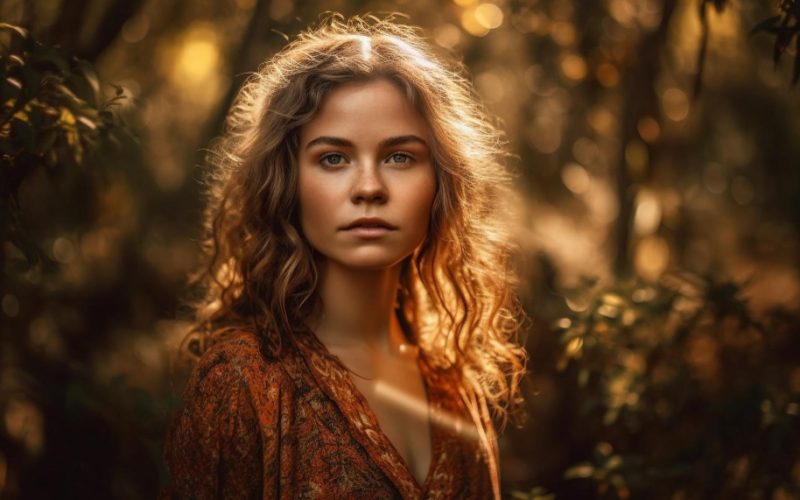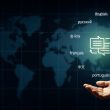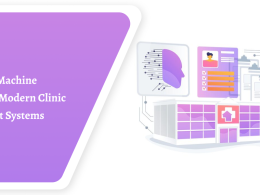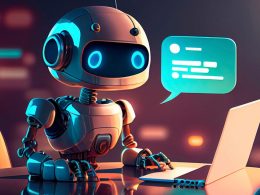The Rising Tide: Artists vs. AI Art Generators in Copyright Disputes
Introduction
Meet our author, Fred Wilson. Fred is a seasoned writer with a background in art, artificial intelligence, and law. With a decade of experience in these fields, Fred provides a unique perspective on the intersection of art, technology, and law. His insights have been instrumental in shaping the discourse around AI-generated art and its implications for artists and legal scholars.
The Dawn of AI Art Generators
Artificial Intelligence (AI) has made significant strides in recent years, and one area where it has made a substantial impact is in the realm of art. AI art generators, which use machine learning algorithms to create unique and compelling pieces of art, have become increasingly popular. These generators can produce artwork in a variety of styles, from abstract to realistic, and can even mimic the styles of famous artists. This has opened up new possibilities for creativity, allowing for the creation of art that transcends traditional boundaries.
Artists vs. AI Art Generators: The Copyright Disputes
However, the rise of AI art generators has not been without controversy. Artists around the world have raised concerns about copyright infringement, arguing that these AI generators are creating artwork that is too similar to their own. These disputes have led to a number of legal battles, with artists seeking compensation for what they perceive as unauthorized use of their work. This has sparked a heated debate about the nature of creativity and the role of AI in the art world.
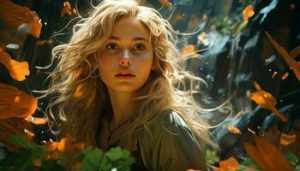
The Legal Perspective
From a legal perspective, these copyright disputes raise a number of complex issues. One key question is whether AI-generated art can be considered a form of copyright infringement. This hinges on the interpretation of laws such as the Digital Millennium Copyright Act (DMCA), which protects original works of authorship. However, the application of these laws to AI-generated art is not straightforward, as it raises questions about the nature of creativity and the role of AI in the creative process.
Case Study: Stability AI’s Stable Diffusion
One case that has garnered significant attention is that of Stability AI’s Stable Diffusion, an AI image generator that has been at the center of several disputes. Artists have accused the generator of producing images that are too similar to their own, leading to a series of legal battles. This case highlights the challenges of defining originality in the context of AI-generated art and raises important questions about the future of creativity.
The Artists’ Standpoint
Many artists feel that AI art generators are undermining their livelihood by creating artwork that closely resembles their own. They argue that these generators are essentially copying their work, without the need for the same level of skill, creativity, or effort. This has led to a sense of frustration and disillusionment among some artists, who feel that their work is being devalued by the rise of AI art generators.
The AI Developers’ Defense
On the other hand, AI developers argue that their generators are simply tools that can be used to create art, much like a paintbrush or a camera. They contend that the artwork produced by these generators is the result of complex algorithms and machine learning processes, rather than direct copying. This perspective highlights the potential of AI as a tool for creativity, but it also raises questions about the nature of art and the role of the artist.
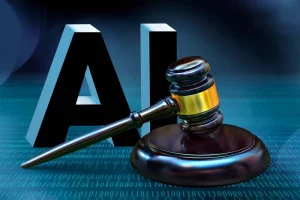
The Future of AI-Generated Art
The ongoing disputes between artists and AI art generators raise important questions about the future of AI-generated art. Will legal protections for artists be strengthened, or will AI generators continue to push the boundaries of what is considered original art? These questions are at the heart of the debate around AI-generated art, and their resolution will have far-reaching implications for artists, AI developers, and legal scholars.
Conclusion
The rising tide of disputes between artists and AI art generators highlights the complex interplay between art, technology, and law. As AI continues to evolve, these issues are likely to become even more prominent. It’s clear that a balance needs to be struck between protecting the rights of artists and fostering innovation in AI-generated art. The resolution of these disputes will shape the future of art and creativity in the age of AI.






